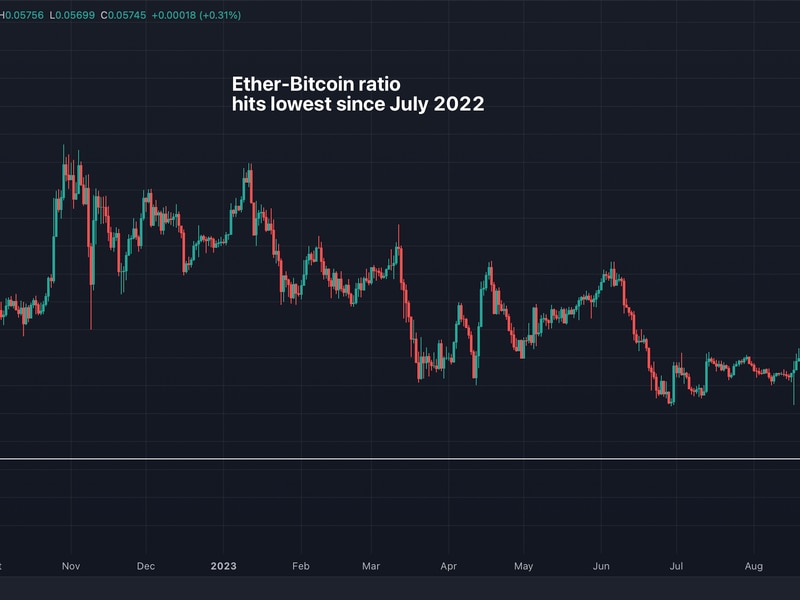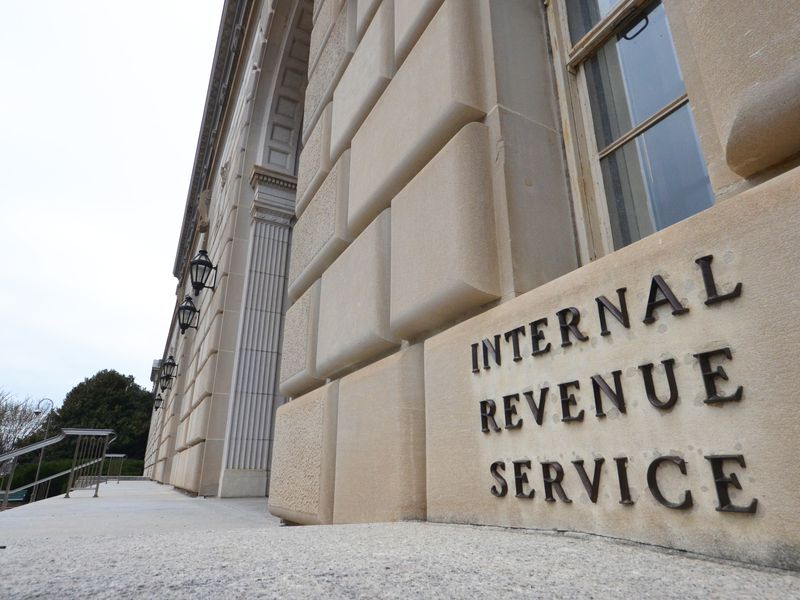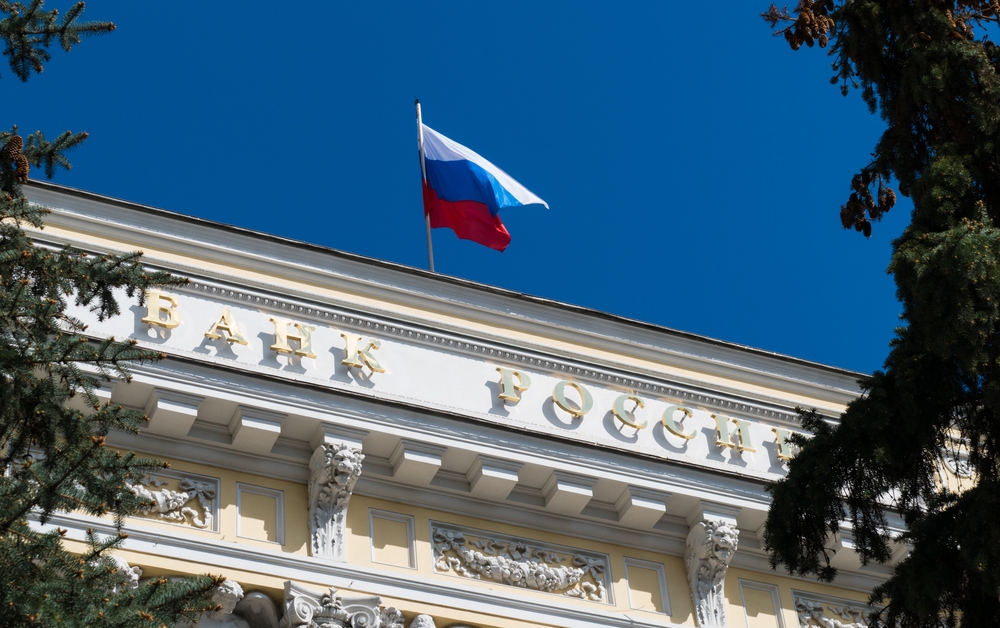Bitcoin Is Back, Back, Back, Baby
Take a look at the frontpage of CoinDesk today and you could be forgiven for thinking our site is all about Bitcoin.
Just look at the headlines: BTC is above $50k. Options traders are betting on
$75,000
. Bitcoin’s market cap is back above $1 trillion. Bitcoin ETFs have accumulated
$11 billion
since being approved in the U.S. in January. The Fear and Greed Index, a measure of market sentiment, is
in “extreme greed” territory
, its frothiest moment since BTC’s all-time high in September 2021. Bitcoin is even a
campaign meme
.
Bitcoin is dominating narratives, dominating media coverage, and dominating mindshare among investors, particularly the institutional kind. To be sure, important projects like Solana (SOL) and Chainlink (LINK) are also rising in value. But this is very much a bitcoin-led market. Bitcoin “dominance,” a measure of BTC cap versus the rest of crypto, remains about 50%, making claims that bitcoin would reduce in relevance as crypto expanded seem ridiculous now. In November 2022, BTC’s share dropped below 35%.
Of course, the flows of Wall Street money into exchange-traded funds (ETFs) are the driving factor here. The prospect of ETFs was a tantalizing catalyst throughout 2023, as U.S. Securities and Exchange Commission (SEC) Chair Gary Gensler inadvertently fluffed the market by delaying approval. Bitcoin has benefitted from being one of the few digital assets classified clearly as a non-security for regulatory purposes. Nearly every other asset suffers from some regulatory uncertainty.
And then there’s the upcoming “halving” in April – when rewards for mining bitcoin blocks are set to be halved. Halvings have historically boosted bitcoin’s price, though the last one (in 2020) was less positive in that regard than previous ones (in 2016 and 2012).
This year’s halving could be more boosterish, given the sense that the Bitcoin network is becoming more useful and broader-based.
“Despite miner revenue challenges in the short term, fundamental on-chain activity and positive market structure updates make this halving different on a fundamental level,” crypto asset manager Grayscale
said
in a
research note
last week. “While it has long been heralded as digital gold, recent developments suggest that bitcoin is evolving into something even more significant.”
By “fundamental on-chain activity,” Grayscale researcher Michael Zhao means Ordinal inscriptions and BRC-20 tokens, which allow users to embed data (and art) on the Bitcoin blockchain, offering a use-case beyond its traditional role as digital gold. Such activity has generated more than
$200 million in cumulative fees
for miners, reducing the pain that they will suffer when the rewards are halved in April.
Projects like BRC-20 have divided the Bitcoin community between those who want to maintain Bitcoin as a digital gold network for relatively cheap monetary transactions (these people hate higher transaction fees) and those who want to build new functionality on top of Bitcoin’s blockchain, like OP_CAT and Drive Chains.
We’ll see how those divisions play out in the next few months (the role of the new Wall Street power players in this debate will be fascinating to watch). But, for now, Bitcoin is doing just fine: an open-source blockchain with hundreds of millions of users from the smallest HODLers to the biggest financial institutions trading BTC-based derivatives. Not bad for a project that started as a hobby 15 years ago.
Edited by Daniel Kuhn.









